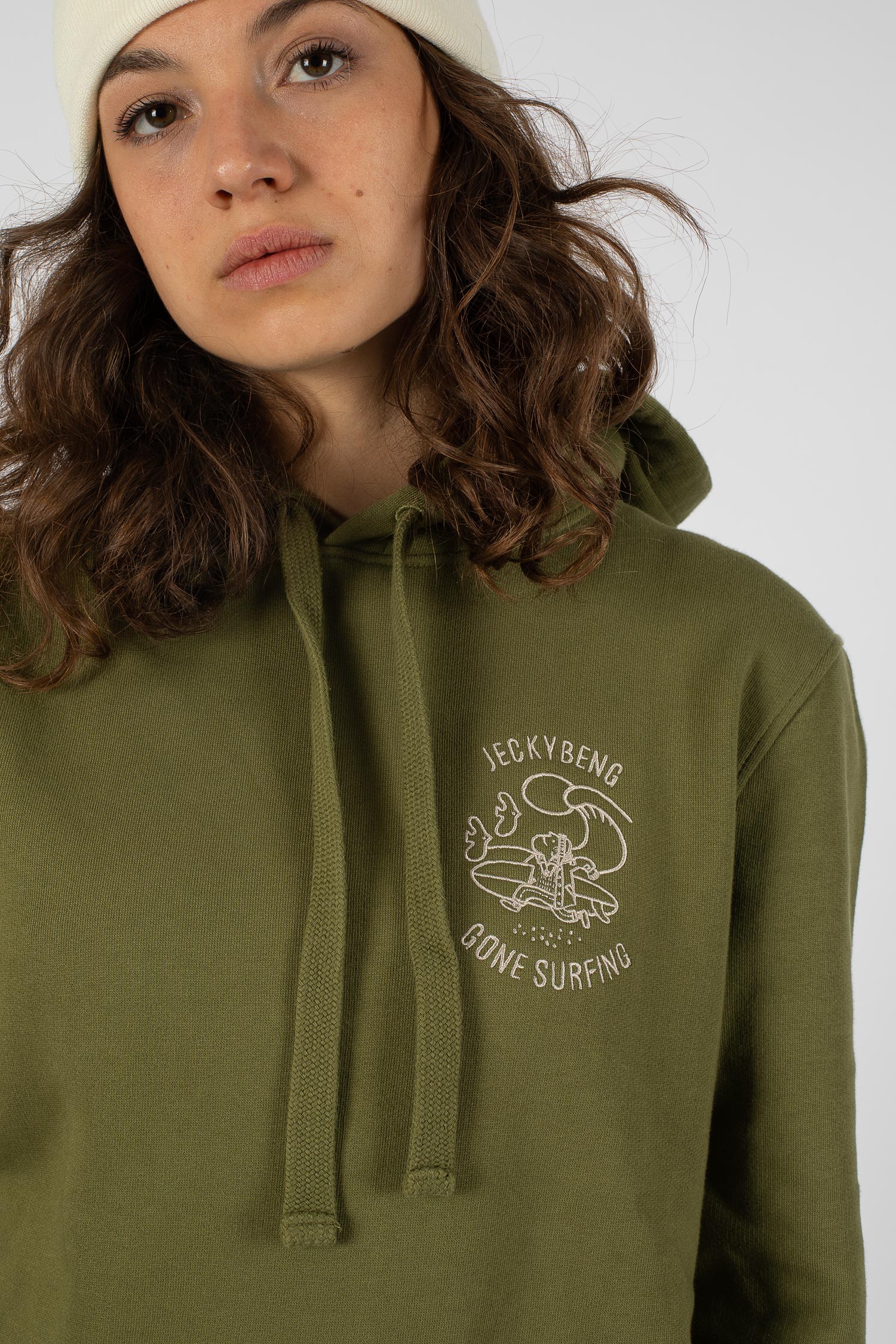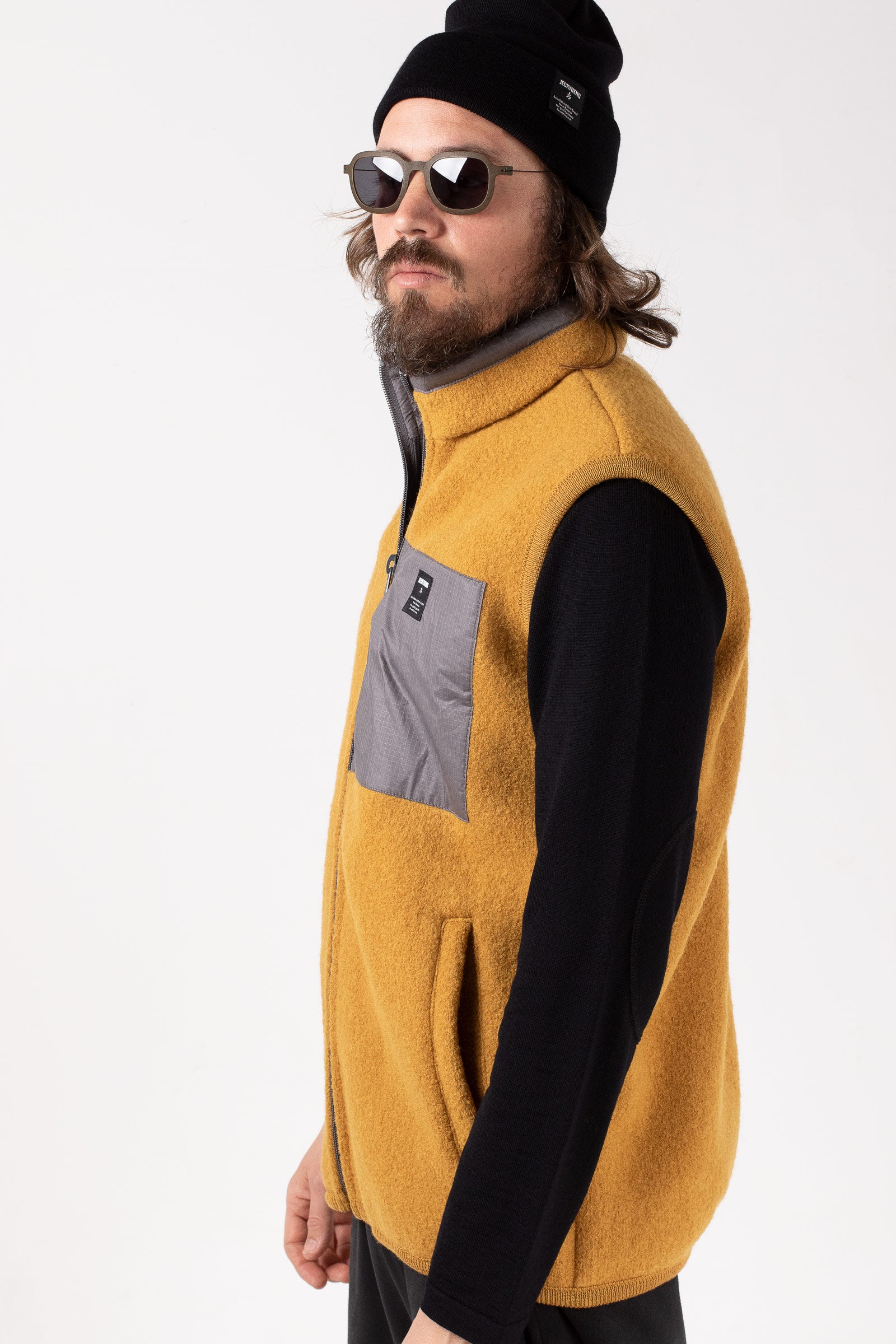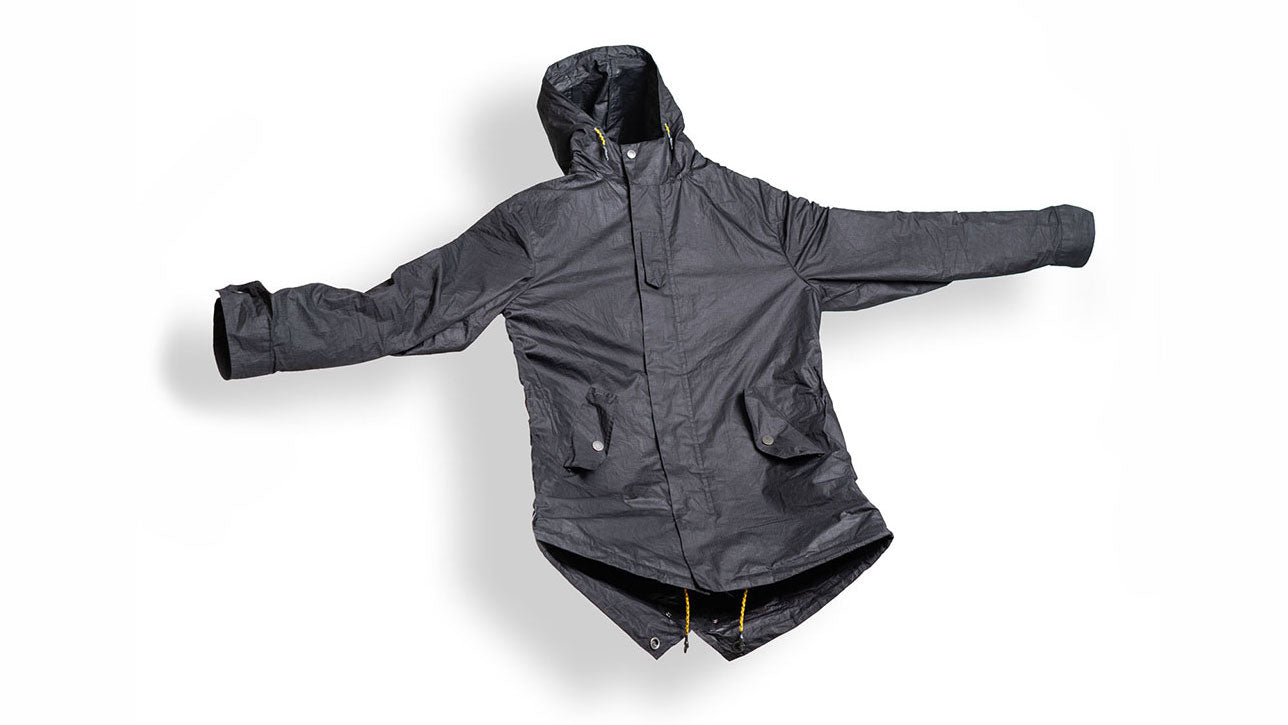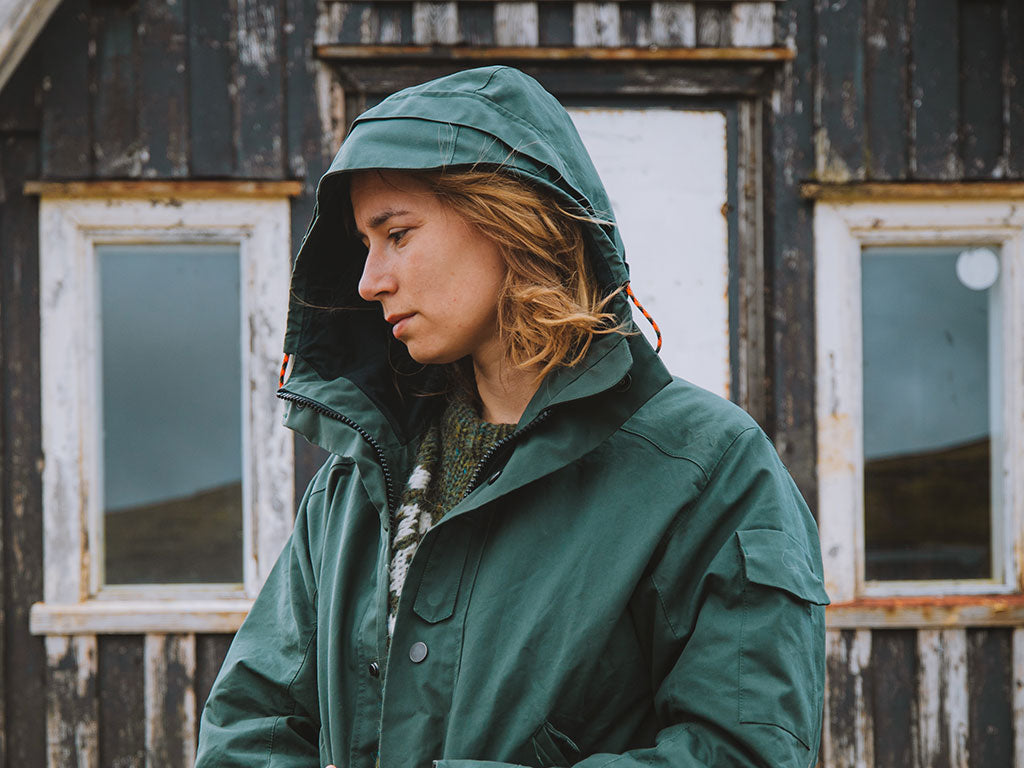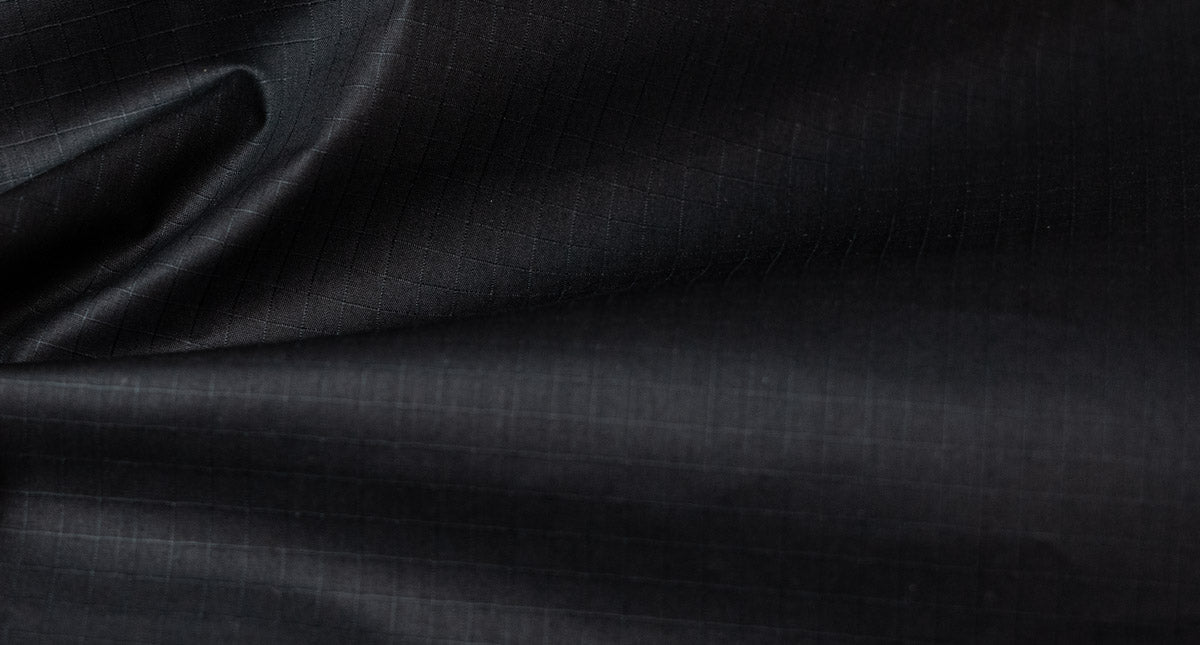
The story behind our 100% ORGANIC COTTON RIP STOP
It was a long road before we succeeded in manufacturing the fabric for The ORGANIC LIGHTWEIGHT JACKET and The PADDED SHIRT.
The Raw Material
Until recently, super-light functional materials were considered the stronghold of the synthetic fiber industry. This sparked our interest and finally drove us to look for innovations. As filaments, synthetic fibers made of polyester and nylon have so-called endless threads, which in nature only occur in spider webs or natural silk. It is precisely this property that makes it possible to turn this fiber into very thin and also tear-resistant fabrics. The key to success was therefore the fiber’s quality, length and fineness. Together with the "The Natural Laboratory", we started to look for natural fibers which are particularly long-stapled or can be processed as "man-made cellulose fibers" in a "spinneret process". While doing research on cotton, we quickly reached the limits of what was feasible. Although there are cotton fibers that are particularly long-stapled, they are usually cultivated conventionally, often using pesticides.

Knowing that the quality and length of the staple is significantly influenced by the climate, we finally found what we were looking for in a region of Asia popularly known as "Sky Mountain". This region has an ideal climate for the cultivation of cotton where the condensation water from melting snow is used to irrigate the fields and farmers have decided to cultivate their crops organically in compliance with the GOTS standard.
Due to its high quality and compliance with ecological standards, it has a much longer delivery timeframe than conventional cotton. We therefore had to revise our entire schedule. Whereas in the past, we usually counted on about 55 days to go from fiber to fabric, our 100% organic cotton lightweight material needs over 85 days. In our fast-paced world, this is the natural deceleration that our products need to undergo for the benefit of people and the environment.
The search for our version of "man-made cellulose fibers" was much easier, as we were able to work with an existing fiber produced by the Austrian company Lenzing Fibers. Tencel consists of beech or eucalyptus fibers from sustainable plantations certified by the Forest Stewardess Council (FSC), offering a real alternative to organic cotton.
The Cotton:
The raw material obtained in the form of finite cotton fibers is turned into endless threads through the complex process of spinning. How exactly we manage to weave the yarn this thin is one of our only secrets. Put simply, it is the result of a centuries-old technique called "drawing and twisting", which in our case is supplemented by "overwinding".
The Tencel Yarn:
The beech or eucalyptus fibers are first shredded and dissolved to extract a cellulose pulp. Any residual water is then removed by heat until the cellulose separates again and a spinning solution is formed. This solution is filtered and pressed through spinnerets before being turned into fibers in a spinning bath.

The Dyeing Process:
Subsequently, the bobbins are dyed in the desired color using organic dyes. Contrary to the process of piece dyeing usually used in the clothing industry, where the finished fabric goes through long dyeing baths, The Natural Laboratory uses a process in which only the bobbins are dyed. The ecological advantage is obvious: less water and dye is needed while ensuring that the yarn has a better color stability and can even be woven into stripes or checkered designs.

The Weaving Process:
During weaving, thousands of hair-thin cotton threads are woven into fabrics on special looms. The technique used here, in which 5mm threads are integrated into the otherwise thin material at intervals of 5mm, is known as ripstop. The fabric finally acquires its characteristic stiffness and shine through permanent compaction under high pressure and temperature. At the end of this process, the natural origin of the fiber can no longer be identified as its characteristics resemble those of synthetic fibers.


The Finish:
The purpose of the finish is to protect the fabric against any initial penetration of moisture. It is applied to the surface in an immersion bath and is commonly referred to as a water-repellent surface finish. We use PFC-free chemicals from a German brand manufacturer.

Since the beginning of 2018, the production process and the entire value chain have been certified according to the highest ecological criteria, the Global Organic Textile Standard 5.0.


